Hello Ziddis! We know today’s topic is a bit tricky but if you are here, we assume you either know about it. Want to know about everything related to fitness or you even read the back of a shampoo bottle! Either way, let’s hop into understanding what is a mesomorph body type. It is just a naturally built athletic body which makes it easy for people to build muscles and strength.
The mesomorph body type is known for its naturally athletic build and ease of muscle development. People with this body type often have a balanced and proportionate figure, making it simpler to maintain a lean physique. Mesomorphs fall between the two other somatotypes- ectomorphs and endomorphs- having characteristics of both.
What is the Mesomorph Body Type?
People with mesomorph body type have a very balanced and proportionate body structure. They have a muscular frame with broad shoulders, narrow waist and well-defined legs and arms. Mesomorphs fall between the two categories of somatotypes. The ectomorphs and the endomorphs which we will be understanding in depth a bit later in this blog.
People with mesomorph body type can quickly and easily do low-effort muscle building and they naturally have higher energy levels. Their metabolism is better and that allows them to lose fat as well as turn fats into muscle easily.
Mesomorph Body Type Female
When a female has a mesomorph body type they considered the most perfect physically. Their body figure described as an hourglass figure and they have naturally toned muscles and limbs. This body type gives them an athletic build and a strong physique. But, they have to watch their calorie intake. Strength training and diet usually help them stay in space.
Ecto, Endo, and Mesomorph: How Are They Different?
- Ectomorph:
Ectomorphs are people who are usually very lean and have a fast metabolism. They have difficulty gaining muscle mass or fat. They are slender and have long limbs in appearance
- Endomorph:
Individuals with endomorphic body types are more rounder in appearance. They have comparatively slower metabolism and gain fat easily, especially in the belly and torso sections.
That’s why it said that mesomorphs sit right in between the ectomorphs and the endomorphs.
The Right Diet for Mesomorphs
Though naturally blessed with a great body with a low effort. Mesomorphs need to take care of their figures by following strict workouts and diets to maintain their shape. The diet of a mesomorph does not necessarily restrict them to having something particular or something in ample quantity. They can have a balanced plat full meal which includes carbs, proteins, minerals and fats. Both macros and micros are essential for mesomorphs and they tend to respond well to moderate-calorie meals.
Here’s a Breakdown of What a Mesomorph Diet might Look Like:
- Proteins:
A lean source of proteins like fish, chicken, eggs, paneer or plant-based options like beans and tofu. This helps in maintaining muscle mass and supports muscle recovery after workouts.
- Carbohydrates:
Brown rice over white rice and whole wheat over maida preferred. You can go a bit healthier by replacing potatoes with sweet potatoes and rice with millet and quinoa.
- Fats:
Healthy fats like ghee, avocados, nuts and seeds are great to add to your diet.
- Supplements:
Mesomorphs should also consider adding fat burners and L Carnitine supplements to their diet. If they’re looking to boost fat metabolism and energy levels. If you are unhappy with your leaner body or fall more on the ectomorph spectrum. You can try these supplements and build muscle mass.
Takeaway
Mesomorphs often called blessed by everyone. They indeed have a bit of an advantage in terms of physique but to maintain it. It is easier to put on or lose weight for these body types. They do not swing and stay in just one direction. By ensuring that diet and workout done right. They can achieve the peak of physical attractiveness and health benefits.


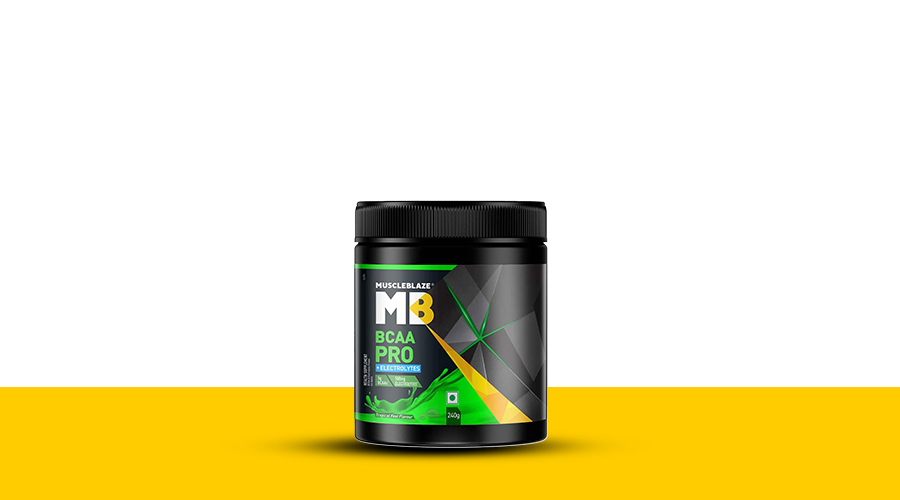
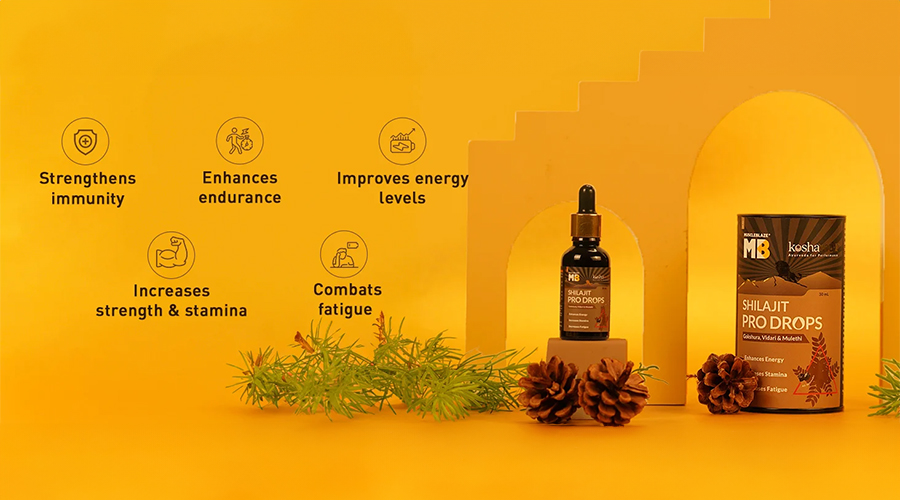

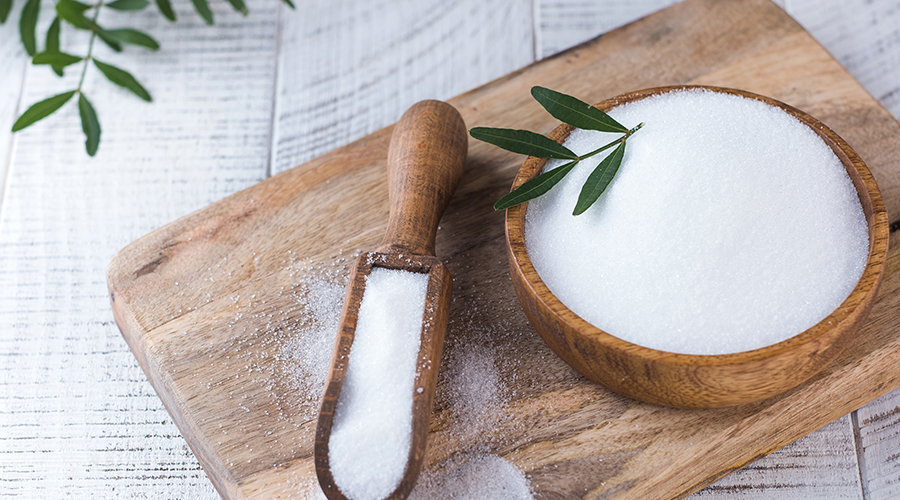

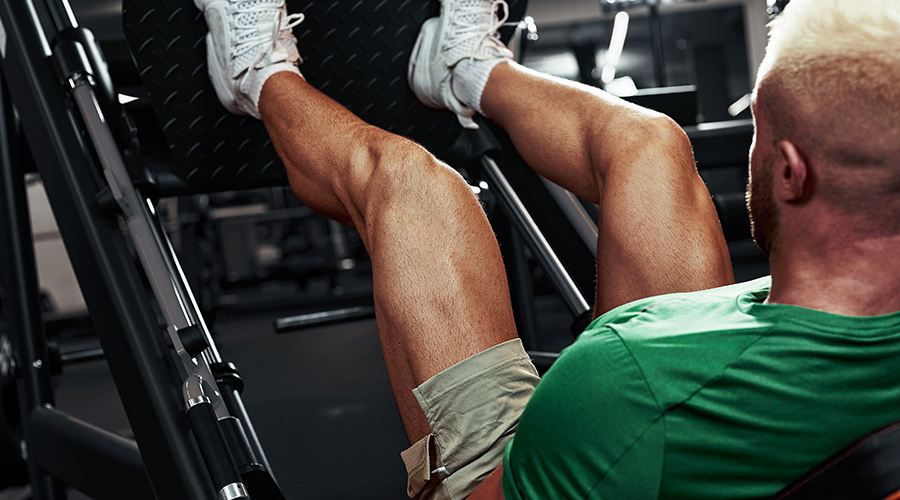
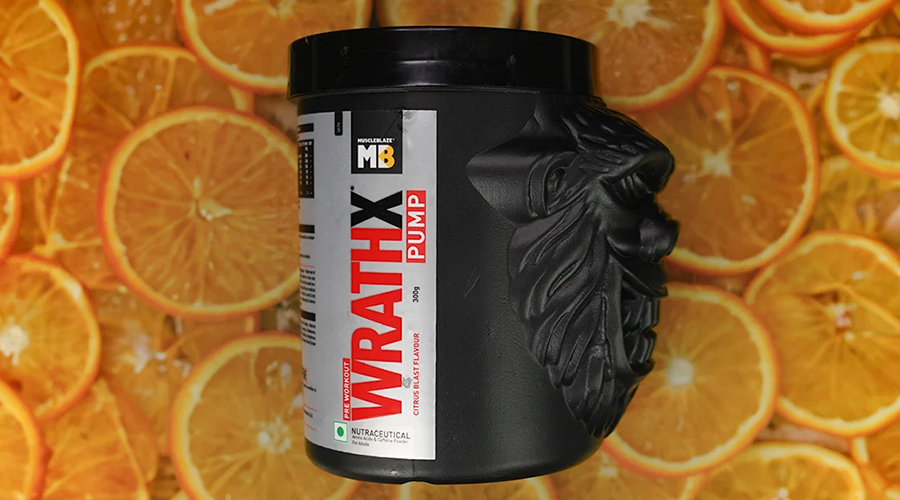
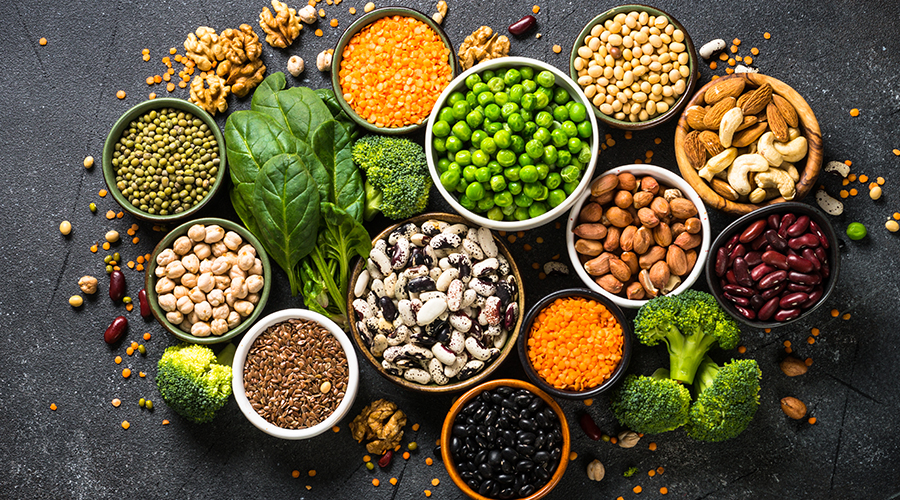
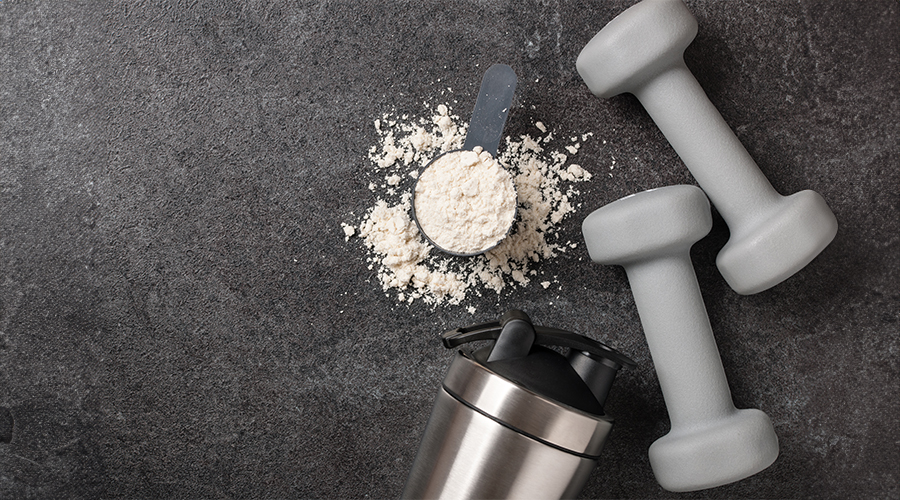
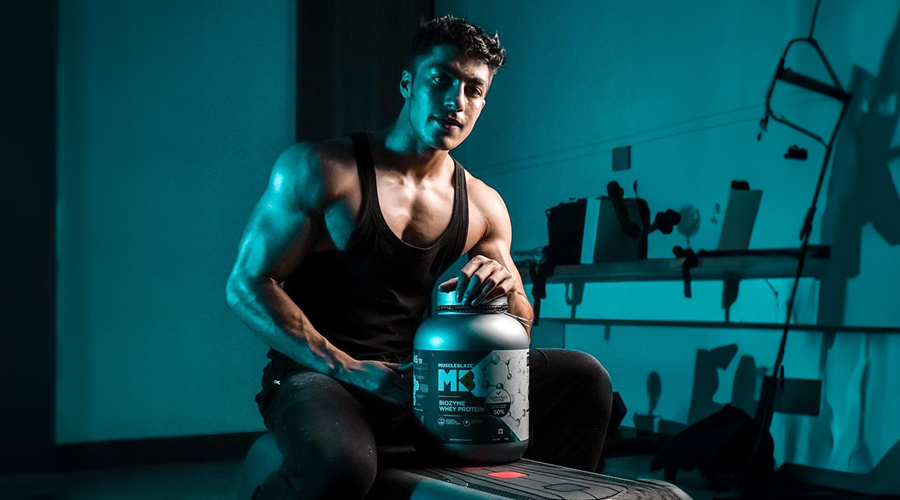


 100% Safe & Secure payments:
100% Safe & Secure payments:




